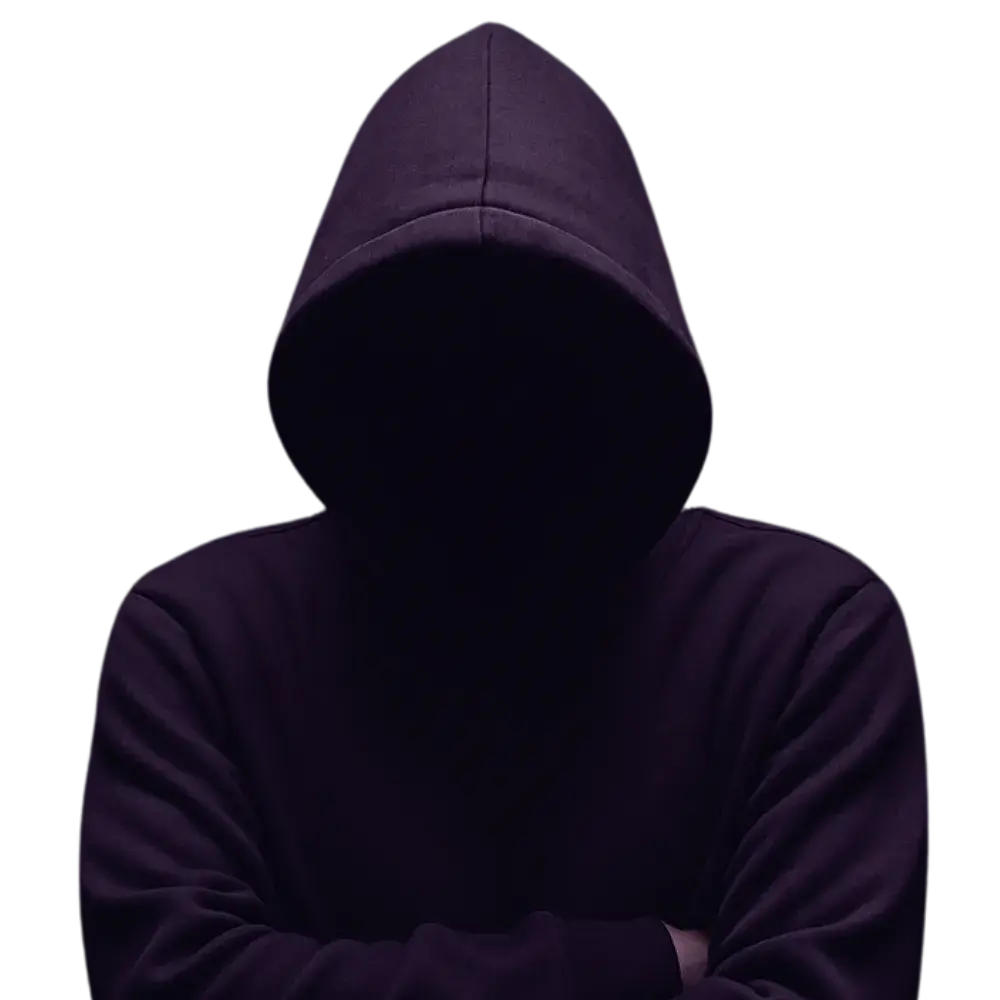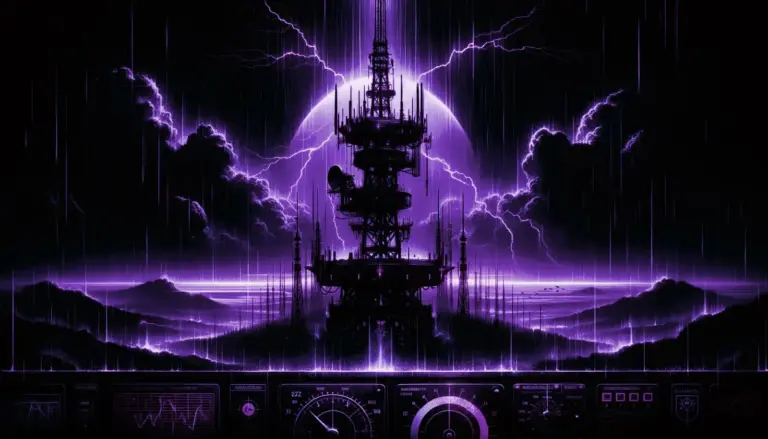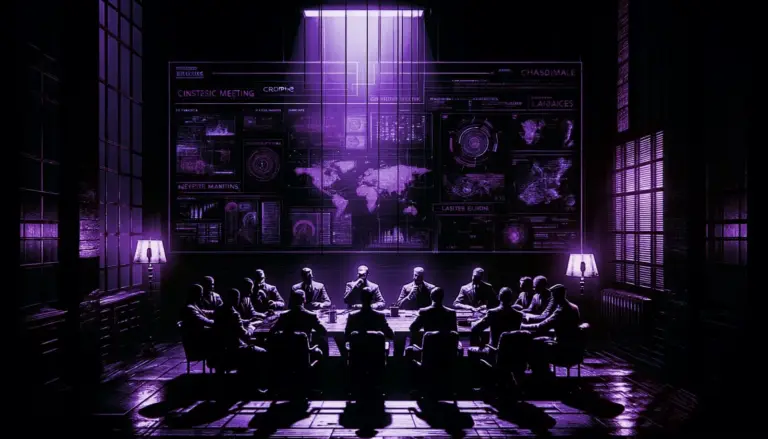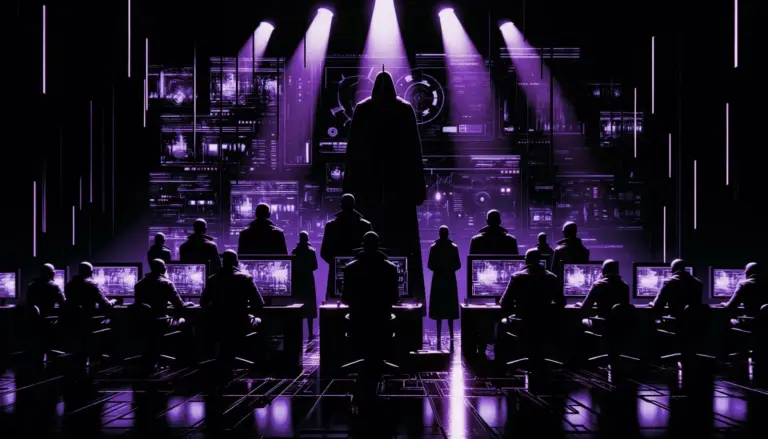Reichstag Fire: The False Flag That Changed History
Reichstag fire false flag evidence traced through trial records, decrees, and archives – a cinematic dossier on power, emergency law, and timing.
The night the chamber glowed like a furnace, Berlin's streets heard the hinge-click of emergency as clearly as sirens. The phrase came later, whispered, argued, archived: reichstag fire false flag. The event did what certain crises always do – opened doors that had been waiting for a spark.
Definition, operational not emotional: a false flag is a staged event presented as an adversary's act to justify a sweeping response. As of 2025, the public record is a mosaic of trial volumes, guard logs, and directives that moved faster than the smoke. The pattern is legible even when authorship is blurred.
Video coming soon — this section will embed the YouTube investigation once published.
What the Video Adds (Quick Summary)
The film traces time-stamped guard posts, signature mismatches on directives, and the Bundesarchiv's trial volumes against diplomatic cables and pre-dawn editorials on Library of Congress microfilm – a frame-by-frame reconstruction of who moved keys, who moved paper, and how the decree drafts awaited a pen.
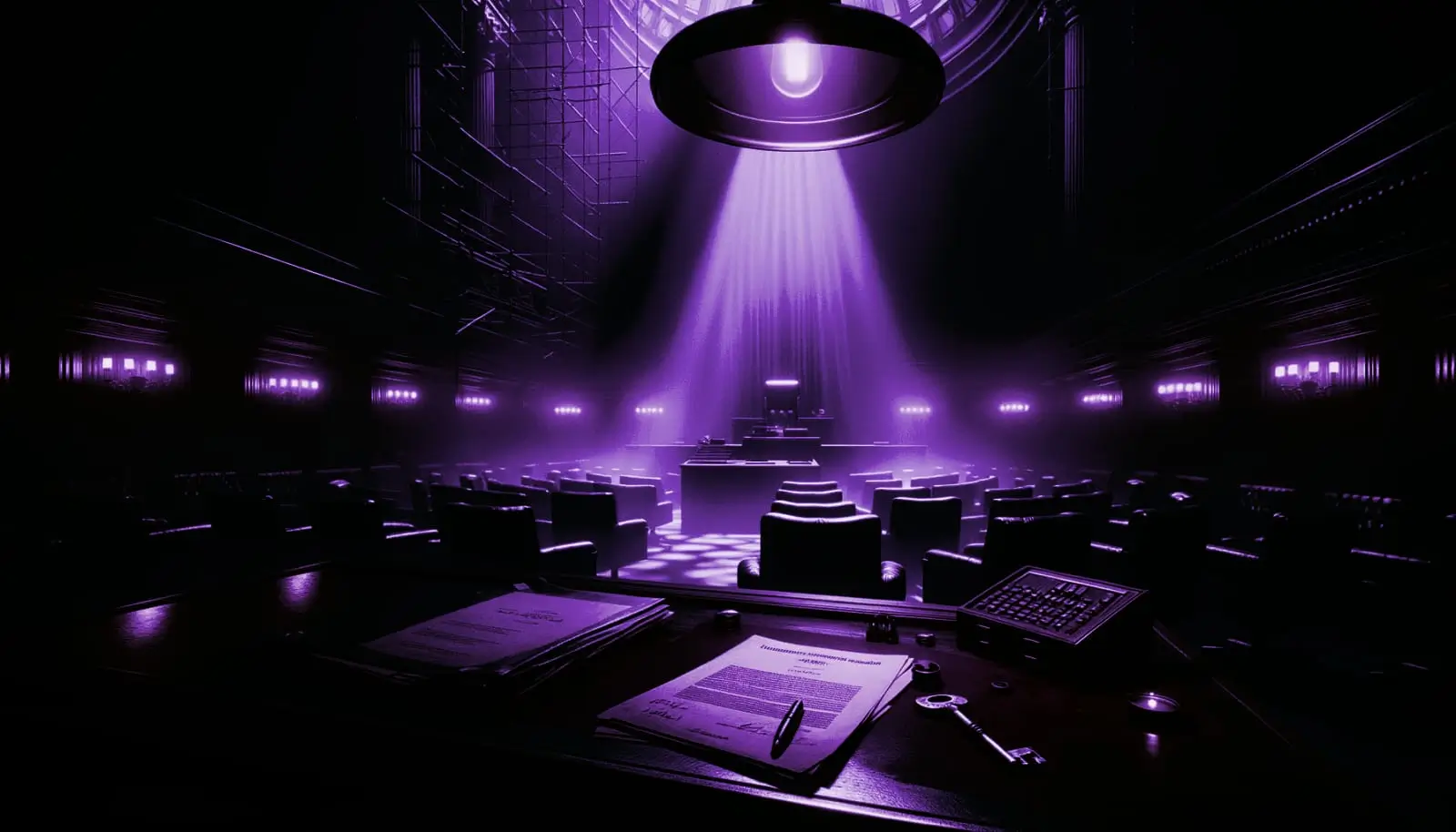
The First Disruption
Berlin, 27 February 1933. As flames climbed the chamber, the state's pen was already within reach. Within hours, police dragnets expanded, opposition figures were detained, editors faced midnight visits, and the emergency decree followed on 28 February. In archival shorthand: event – decree – purge of opposition – courts sidelined. The phrase many analysts use now – reichstag fire false flag – arrives in retrospect, born from paperwork, not rhetoric.
Artifact: Trial record margin notes on coaching of testimony, “Reichstagsbrandprozess,” Vol. II (1933).
Bundesarchiv, trial transcript, Vol. II (1933)
Diplomatic cables preserved in U.S. collections describe decree language pre-drafted before dawn; newspapers carried editorials that read like synchronized signals. The central dispute has never been whether the crisis enabled power, but how intentionally it was engineered.
Other Verified Encounters
Patterns reappear. In 1964, the Gulf of Tonkin incident hardened into policy even as signals-intelligence doubts accumulated. A 2005 declassification review and subsequent analyses showed the “second attack” was misread or never occurred, yet it accelerated authorization all the same. The record here isn't about replicas; it's about method – the compression of uncertainty into irreversible action. Analysts who study the 1933 case invoke the same caution they apply to Tonkin: trace the drafts, compare logs, and watch for choreography. It's why the phrase reichstag fire false flag keeps resurfacing in policy seminars – as a warning label, not a conclusion.
Newspapers, diplomatic backchannels, and court filings are the devices that register the tremor. The Odd Signal maintains a running cross-reference of such playbooks alongside our Government Cover-Ups research trail and the behavioral-operations material in the Mind Control Experiments files.
The Cover-Up / The Silencing
The silencing rarely arrives as a single order. It is a braid: denials from ministries, editorials insisting on lone culpability, and procedural fog in courts. Real institutions – from national archives to libraries – often preserve the contradictions in plain sight. Meanwhile, generic internal entities – call one “Directorate X” – handle the less photogenic work: access restrictions, redaction protocols, and the quiet retirement of inconvenient custodians. The U.S. National Archives and Records Administration and the Library of Congress demonstrate that when records survive, patterns stand out: drafts predating events, synchronized press lines, and emergency clauses activated with clockwork speed.
By the time historians arrive, the story is orderly, footnoted – and minimized. Yet the administrative fingerprints remain: routing slips, carbon copies, and telltale revisions between draft and decree. That is the grammar of a managed crisis.
Echoes of the Future
Tomorrow's stagecraft will not need sparks; it will need feeds. Synthetic audio, AI-authored editorials queued for pre-dawn release, and automated alerts that nudge policy desks toward “temporary” exceptional powers. Cold War secrecy infrastructures – think of the information management around sites like Area 51 – show how classification cultures outlive their triggers. Add a dash of doomsday-scenario rhetoric and you have continuity: rapid narratives, slower corrections. This is why the label reichstag fire false flag functions in 2025 less as accusation than as protocol – a reminder to demand logs, drafts, and synchronized-timing audits before the concrete sets.
Sources Unsealed
- Yale Law School Avalon Project – Decree of the Reich President for the Protection of People and State (1933)
- United States Holocaust Memorial Museum – Encyclopedia entry: Reichstag Fire (overview and context)
- Encyclopaedia Britannica – Reichstag Fire (historical summary)
- National Security Archive (GWU) – Gulf of Tonkin declassified files and analysis (2005)
- German History in Documents and Images – The Reichstag Fire Decree (document and commentary)
Final Transmission
In the glow between page and ash, power prefers speed to certainty. If you're mapping the pattern, start with our full archive, follow recurrent playbooks in the Real Conspiracies catalog, or enter the granular casework inside False Flag Operations.
Frequently Asked Questions (Decoded)
They Don’t Want You to Know This
Join the society of the curious. Get early access to leaked findings, hidden knowledge, and suppressed discoveries — straight to your inbox, before they vanish.
